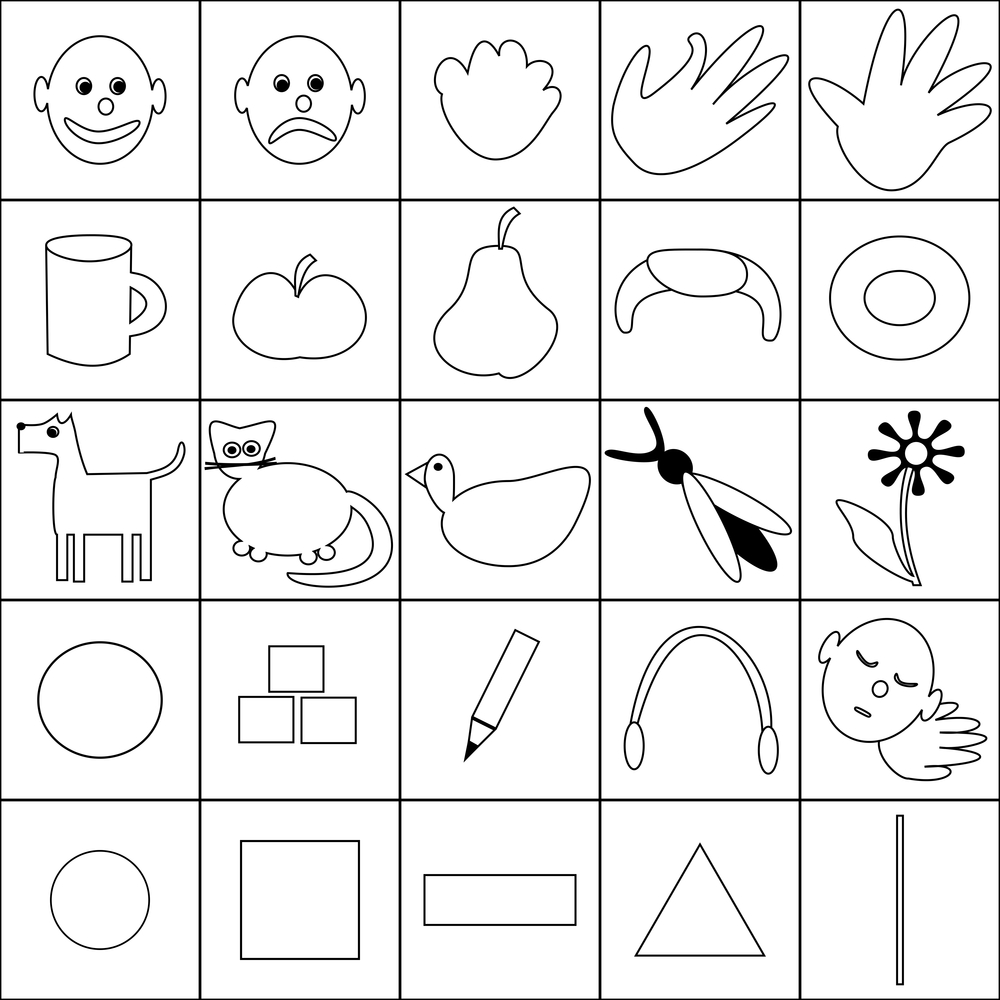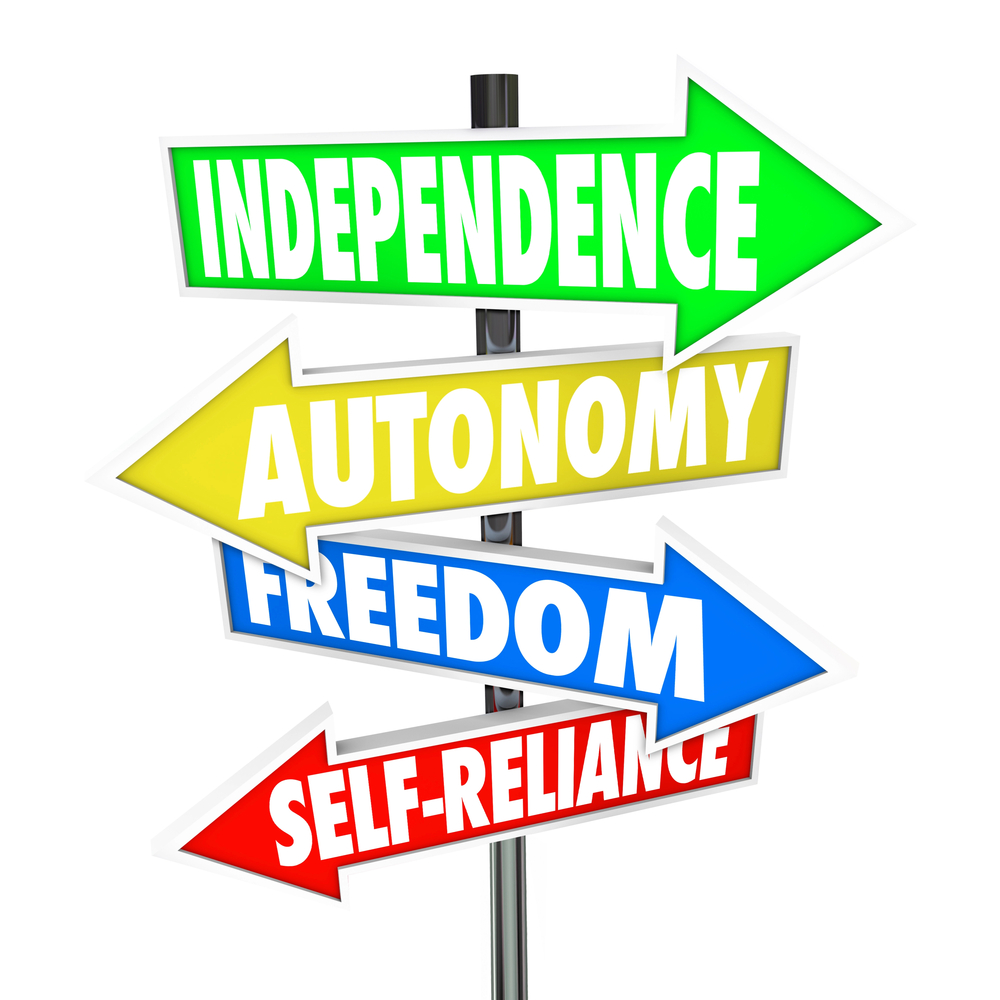
PECS (Picture Exchange Communication System), an assistive technology tool, is an augmentative and alternative communication (AAC) system often used with individuals who have autism spectrum disorder (ASD), nonverbal people or people with other communication challenges. It was developed in the late 1980s by Lori Frost and Andy Bondy. PECS involves the use of pictures and symbols to help individuals communicate their needs, wants, and thoughts.
 Assistive Technology
Assistive Technology
PECS are pictures and symbols are on cards, in a communication book or on a smartphone, tablet or computer. It is part of the assistive technology tools. It is an interactive and practical solution that can be used anywhere and by anyone to communicate. Digital versions of PECS can provide additional features, such as voice output, customizable picture libraries, and the ability to quickly create new symbols and pictures.
The beauty of PECS as an assistive technology tool, is that it can be tailored to each individual in their unique circumstances. In other words, if a person never uses a particular picture or symbol it can be moved to the back of the communication tool. The pictures that are used the most frequently can be moved to be more easily found.
PECS can also be set up to support the use of phrases or sentences that are commonly used by the individual. For example, “May I please have a ham sandwich” can be displayed in one picture instead of a series of pictures. This makes it a more effective means of communication.
 How?
How?
PECS encourages independence and reduces frustration levels
for the nonverbal individual or a person who has limited communication skills
by reducing the reliance on verbal communication. It encourages communication
with others in the community bringing increased social interaction and
reduction of the feeling of isolation. Being adaptable means that it can be
used alongside other communication strategies and tools.

Who
PECS is a useful assistive technology tool for people with different disability
including people on the Autistic Spectrum, people with intellectual or
developmental delays, speech or language disorders. They may be nonverbal or
have limited verbal skills or have physical disabilities.

Education
PECS is taught as a step by step process. Each step builds on the last. The first step is to teach a person how to swap a picture for an item. That is a person learns that if they give the teacher a picture of a biscuit, they receive a biscuit.
The next step is to teach the person to move to a person and give them picture to get the required item. It is called distance and persistence. A good example is if the teacher is on the other side of the room and the person wants a biscuit they take the picture of the biscuit to the teacher and the teacher gives them the biscuit.
The third step is to teach the person the difference between picture. That is, picture discrimination. The student needs to learn the difference between the different pictures.
Sentence structure is the next step. This involves learning how to build sentences using different pictures.
Being able to use pictures and symbols to answer questions is an important skill and the next step. This means that the student will be able to start to have conversations.
The last step is to learn how to comment about what is happening around the student. For example, a truck is driving by or there is a bird. The process of learning how to use PECS involves not just the student and teacher. Everyone who interacts with the student needs to be involved in the process to bring the student into the community.
PECS Australia has more information and resources that can be used.

Easy to Read?
PECS and easy-to-read documents are both designed to improve communication and accessibility, however they serve different purposes and are used in different contexts. Easy to read documents are created to make written information more accessible and understandable for people with cognitive disabilities, low literacy levels, or those who are not fluent in the language. Using simple language, clear structure, and meaningful images conveys information in a way that is easy to comprehend. It is used for public information, legal documents, educational materials, and instructions to ensure that important information is accessible to a broader audience.
While both systems aim to improve communication and understanding, PECS is specifically created for providing a technique for direct communication using visual aids, whereas easy-to-read documents are used to provide written information more accessible and understandable through simplified text and visuals.

Conclusion
PECS is a flexible methodology designed to be an
easy-to-use, visual communication system that can help individuals with
communication difficulties to express themselves more effectively. It is widely
recognized for its effectiveness in helping individuals with communication
difficulties develop functional communication skills, enhancing their ability
to interact with the world around them.
